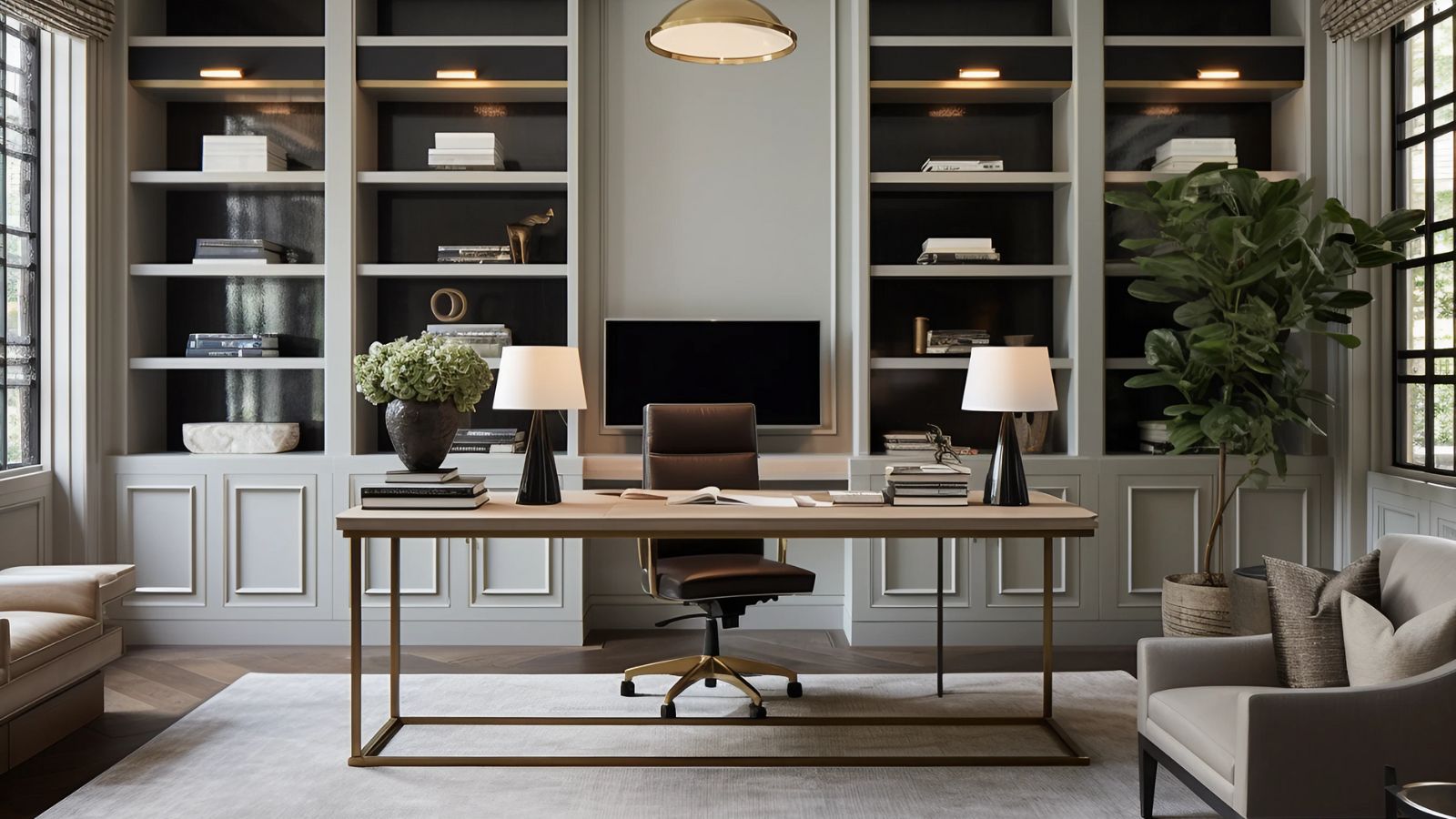
An echoey home can be annoying, to say the least. Not only can they be distracting, but they can make a home feel discomforting, and somewhat eerie.
Whether you are taking online meetings or simply want to make a home feel cozy, reducing echo is the perfect way to make your home feel more lived-in to help promote rest and relaxation.
These are the things experts do to reduce echo – even if you have high ceilings.
How to reduce echo in your home
Much like soundproofing a room, reducing echo in your home is a great way to make it feel a little more comforting.
1. Layer decor on floors and walls
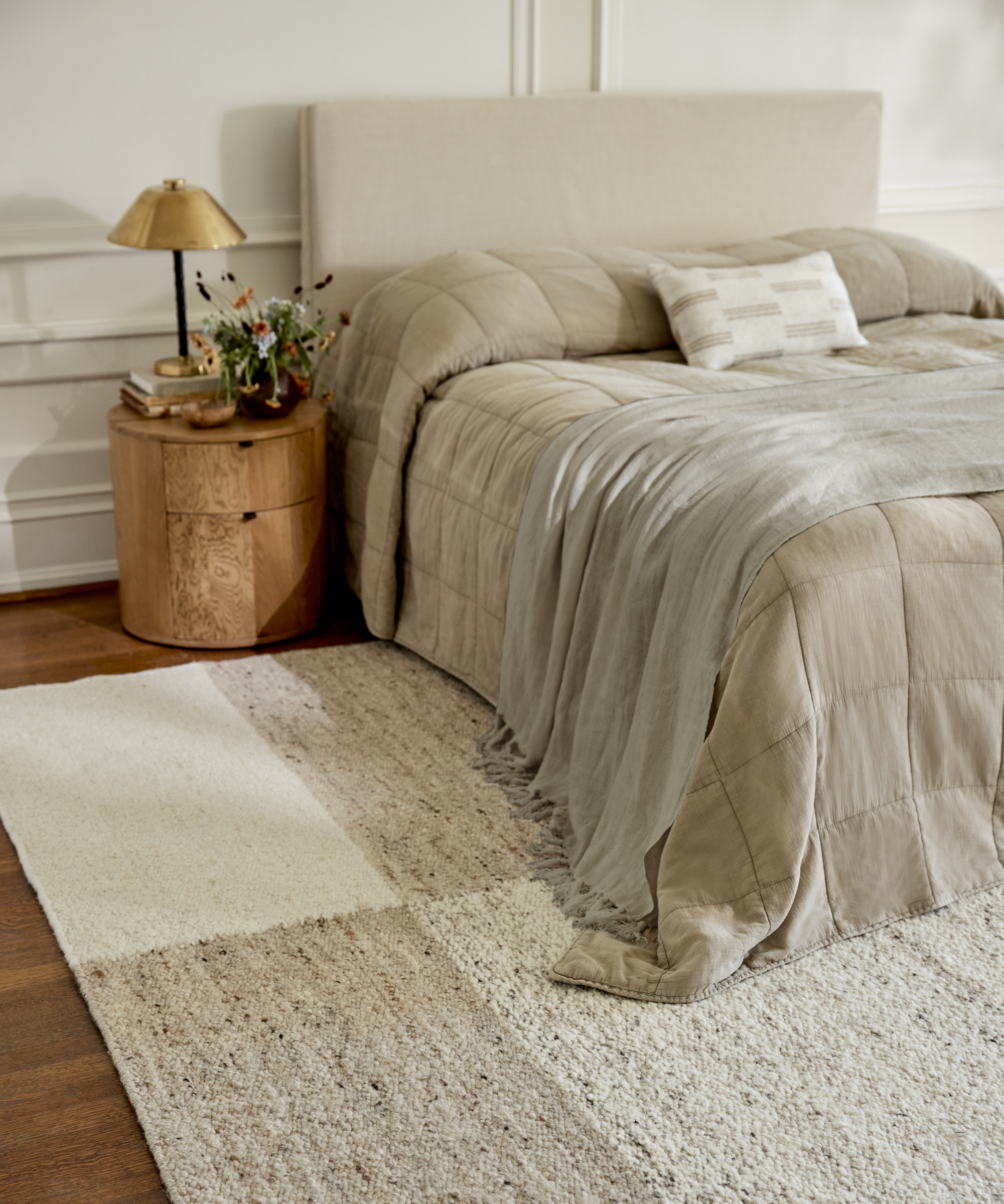
Layering in interior design is important for more than making a space look balanced and well-thought-out, reminds Keira Schultz, interior designer and owner of KS Designs – it also helps to reduce echo and make your room feel more lived in, she says.
At the very least, you should try layering rugs on floors, or using them as tapestries on your walls, she suggests. Similarly, using artwork that is not encased in glass such as canvas can help.
This brilliantly colored rug incorporates the layered diamonds and squares of traditional Heriz carpet prints.
2. Add plush drapery
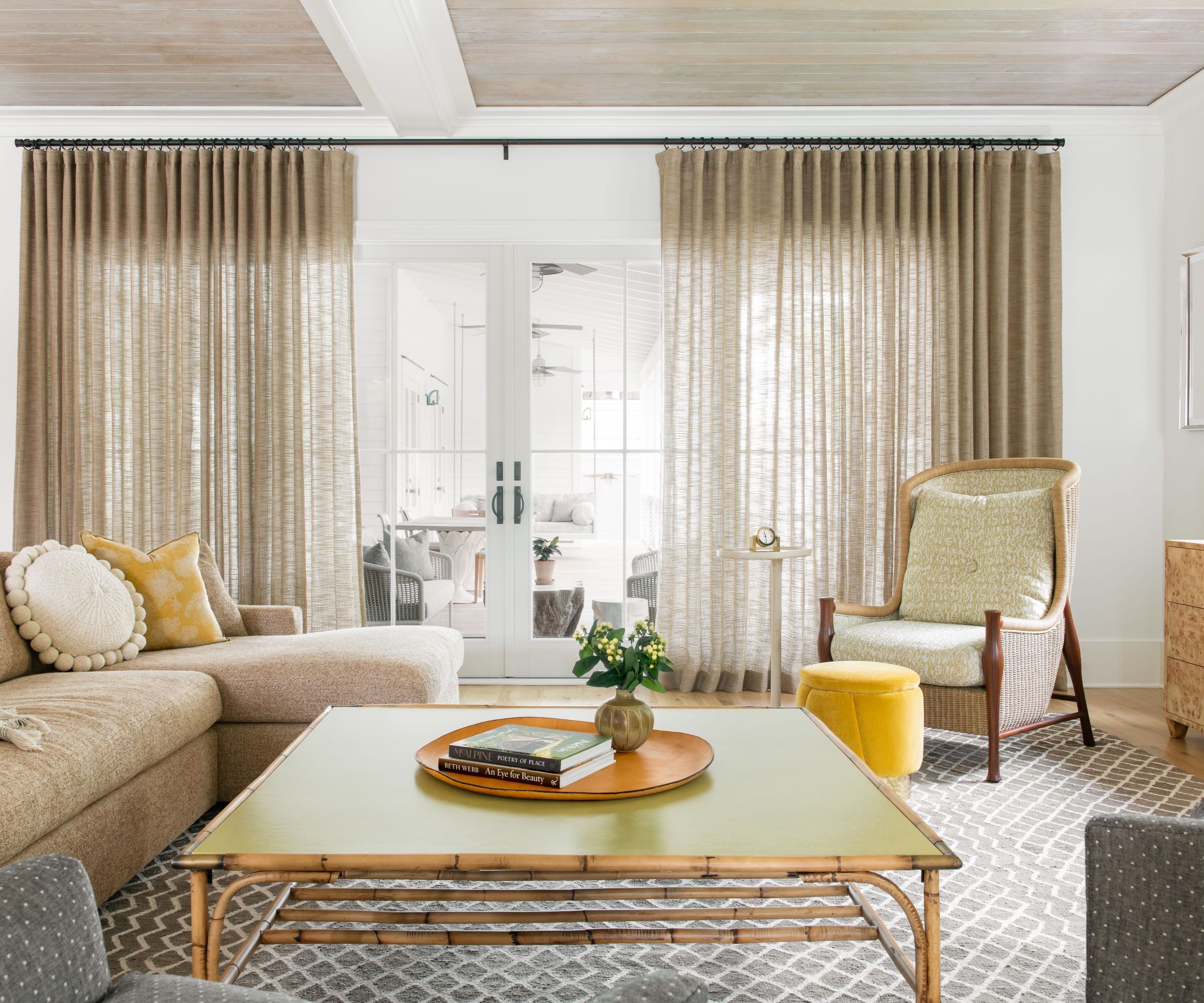
Along with adding wall art, hanging thick window treatments is the easiest way to reduce noise reverberation, continues Eryn Oruncak, founder, artist, and interior designer at Elan Design.
‘The goal is to have long curtains, preferably from right below the ceiling (right under your crown molding if you have it) to a half inch off the floor,’ she recommends. ‘It's a good idea to have lined drapery panels for fullness, which will also do wonders for that echo.’
Ribbed velvet is perfect for blocking out light, cold weather, and reducing echo. It also helps to make a home feel more luxurious too
3. Use soft, upholstered furniture
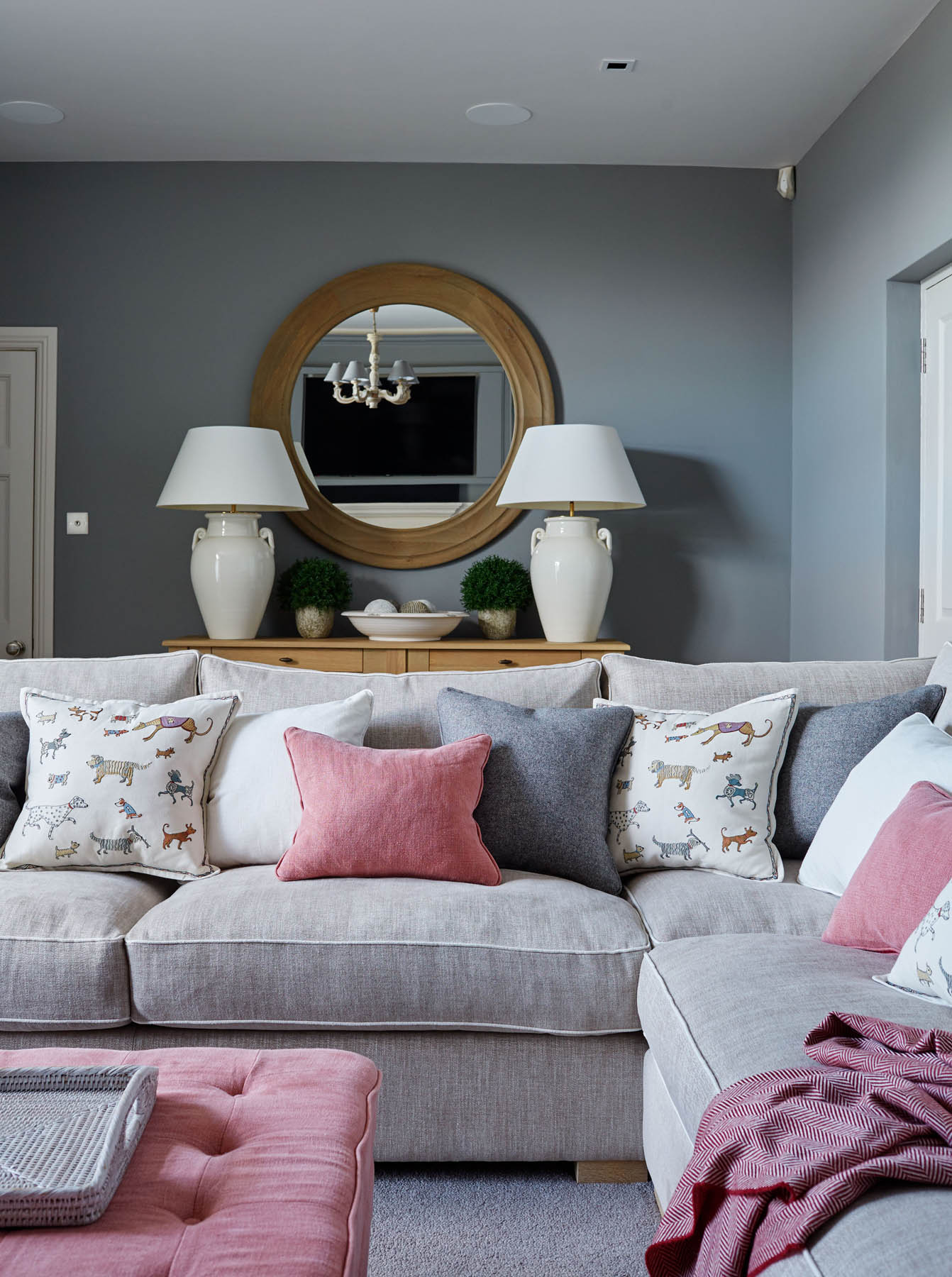
Going with softer furniture can also help to reduce echo around your home, giving noise and fewer surfaces to bounce off. Artem Kropovinsky, interior designer and founder of Arsight, suggests using soft seats covered with plush fabric and positioned appropriately around the room, not leaving too many empty spots but not overcrowding the space and restricting flow, he adds.
4. Use large indoor plants

Indoor plants and not just for brightening up your home, they make excellent noise barriers too, reveals designer Artem Kropovinsky. The bigger the better when it comes to reducing echo, he adds, so consider using indoor trees to fill in awkward corners while also adding a touch of color.
5. Try acoustic panels
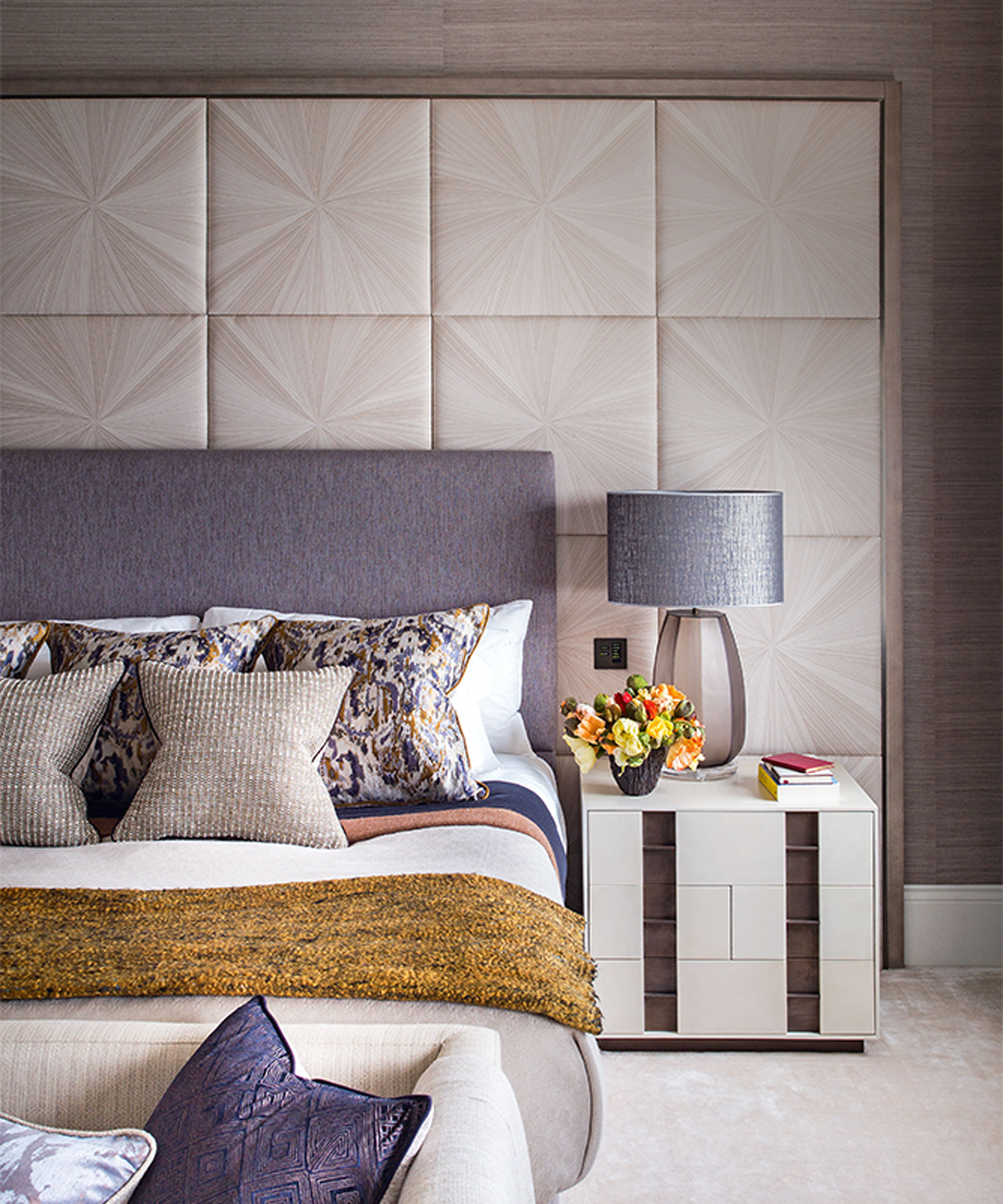
The most obvious way to reduce echo in your home is to use acoustic paneling, Shlomo Cherniak, professional handyman and founder of Cherniak Home Services, says. To avoid making your rooms look like a recording studio, he suggests using decorating ceiling paneling and wall decor panel ideas to add visual wall interest as well as block echo.
FAQs
Why is my house so echoey?
Echoes are caused by sound bouncing off of walls and hard surfaces – be it your walls or your hard furniture such as tables and desks. This is particularly true in larger, open-plan rooms or spaces with high ceilings where sound has more space to bounce around.
Do false ceilings reduce echo?
If you have high ceilings and are looking to reduce echo and make your room a little cozier, then a false ceiling can help absorb sound waves and reduce how much space sound has to bounce around your home.
When reducing echo around your home, it is important to remember to take the size and purpose of your room into account before diving into solutions, reminds handyman Shlomo Cherniak. ‘The specific method you choose will depend on your personal preferences, the size of the room, and the level of echo you're experiencing,’ he says. ‘It's also worth noting that a combination of these methods may yield the best results,’ he adds – so it is worth experimenting in each space to find your perfect acoustics.







